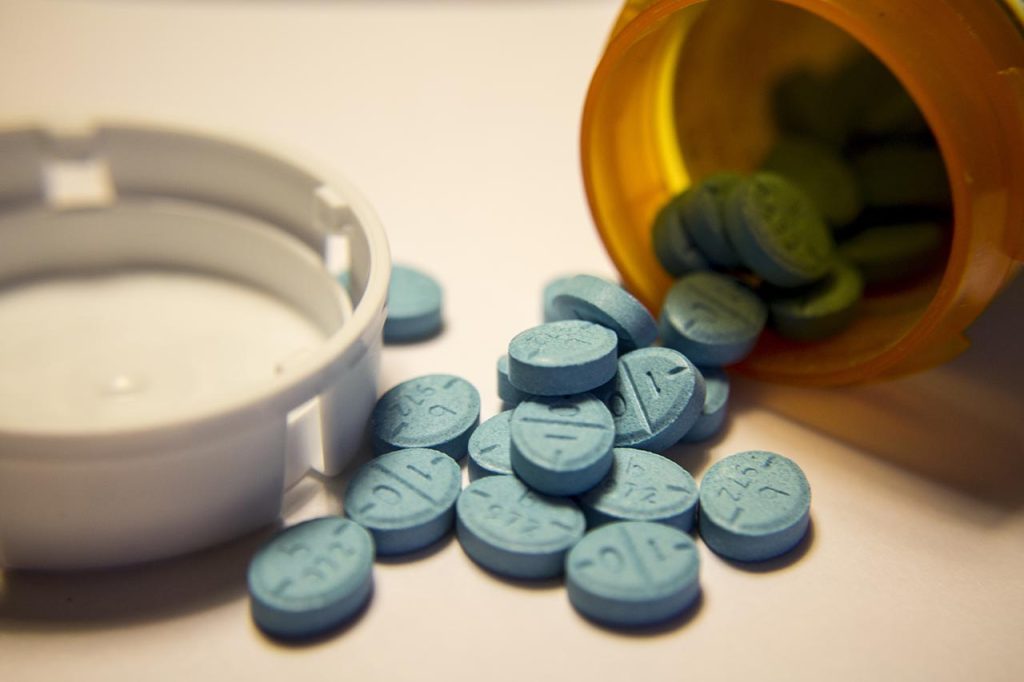ADHD in Adults and Its Relationship With Methamphetamine Use
If you are struggling with substance abuse, you may be suffering from ADHD. If this is the case, you need to get treatment. If you are currently using Adderall or cocaine, you may want to consider looking into other options. Read this article to learn more about the risks associated with these substances and how to avoid them. It may also help you find a treatment provider if you have been diagnosed with ADHD and are unable to cope with your symptoms.
Adderall
The dangers of Adderall for ADHD in adults are largely the same as those of methamphetamine adhd. Both are Schedule II controlled substances. The two share the same side effects and addiction potential. Common side effects include irritability, cardiovascular system issues, and excessive weight loss. Meth and Adderall can also lead to a host of other problems, including paranoia, depression, and hostility. Click here for nasal symptoms associated with cocaine abuse.
In the case of Adderall, it is the amount of dopamine that is increased that is most beneficial. This drug slows the reuptake of dopamine, thereby improving impulse control and behavior in children and adults. Despite the similarities, Adderall is not the same as meth, which is produced illicitly and injected. Its structure differs from meth because it contains an extra methyl group, making it easier to cross the blood-brain barrier. While both stimulants have similar side effects, Adderall is not nearly as addictive as meth.

Methamphetamine
Despite being Schedule II controlled substances, ADHD drugs such as Adderall and Ritalin are both FDA-approved. Both have similar side effects, including increased irritability, cardiovascular system problems, and excessive weight loss. The use of meth can also lead to addiction and other issues, such as paranoia and depression. However, the relationship between ADHD and methamphetamine is far from clear. The first step is to understand the differences between the two drugs.
Meth use in the U.S. is not nearly as high as it was in the mid-2000s, but the problem still remains. In addition, many pharmaceuticals and encouraged substances are virtually identical. In fact, a recent report from the Substance Abuse and Mental Health Services Administration highlights the eerily similarity between the two drugs. However, the link between ADHD and meth is complex and deserves more research.
Adderall for ADHD
Methamphetamines can cause many of the same side effects as Adderall for ADHD in adults. This is because the psychostimulant dosages for these conditions are much lower than those for ADHD. This may be a factor in why Adderall for ADHD in adults is not the best choice for all patients. However, changing one’s diet may help to ease some of the symptoms.
Meth and Adderall both increase dopamine in the brain, which is the feel-good neurotransmitter. Dopamine is a key component of the brain’s reward system. When there is a lack of dopamine, we experience symptoms of ADHD. Adderall increases dopamine levels and improves focus, impulse control, and staying on task. Although meth is illegal, Adderall is not, and the side effects are very similar.
Adderall for cocaine dependence
This case report highlights the potential benefits of extended-release amphetamine salts (ERAs) in treating co-occurring cocaine and methamphetamine use. In 2004, researchers compared stimulant addiction treatment with methadone in treating cocaine dependency. Both interventions led to similar reductions in illicit drug use. This case report focuses on the use of extended-release amphetamine salts (ERAs), including Adderall, in treating the co-occurring disorder.
Although the effects of stimulants are similar in both Adderall and methamphetamine use, they are different in terms of the risks involved. Injectors are more likely to develop respiratory problems, vascular problems, and blood-borne illnesses. Adderall abuse is also associated with high rates of deaths and overdoses in the food service industry.

Adderall for ocd
Inpatient and outpatient treatment programs are available for people addicted to Adderall. During an inpatient stay, the individual is treated in a hospital. Inpatient programs are more intensive than outpatient programs and aim to help the client attain sobriety and a healthy quality of life. Both types of treatment offer a combination of medical treatment and therapy. An inpatient program will include group and individual therapy sessions, as well as a structured aftercare plan to help the client remain sober.
In addition to being effective in reducing anxiety, Adderall also improves memory and concentration. However, some people report a decrease in energy that affects their relationships. People who use Adderall may steal money to purchase the drug, spend a lot of time trying to obtain it, or ignore important daily tasks. These symptoms are indicative of an Adderall addiction.
Adderall for SUD
Substance use disorders affect approximately 20 million people in the United States and are a growing public health concern. According to the National Institute on Drug Abuse (NIDA), 1.6 million people misused alcohol and other drugs in 2014. Methamphetamine abuse accounts for about 0.6 percent of that total number. Unfortunately, the stigma of drug use and its criminal status may keep many from seeking treatment.
Meth is a stronger drug than Adderall, and it is typically obtained off the street. Meth can contain toxic impurities and be mixed with other dangerous chemicals, and the strength and frequency of a dose are not directly comparable. While street meth contains impurities that are unknown, Adderall may contain food coloring, colloidal silicon dioxide, magnesium stearate, microcrystalline cellulose, and saccharin sodium.